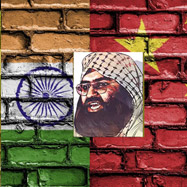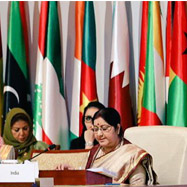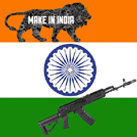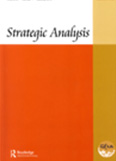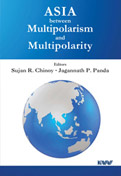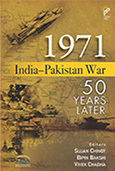India-US Defence: Managing Trump and Triumf
Director General, IDSA, Amb. Sujan R. Chinoy’s article on India-US Defence ties, titled ‘India-US Defence: Managing Trump and Triumf’ has been published in ‘The Economic Times’ on June 20, 2019.
Given India’s evolving defence procurement system, efforts should be made to enhance compatibility of technology from various sources. This may require greater cooperation with the US, since many of India’s supplies other than Russia depend on US technologies for their products, writes Amb. Chinoy.
- Published: 20 June, 2019







